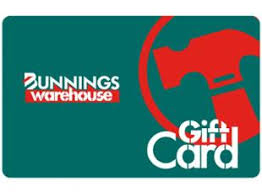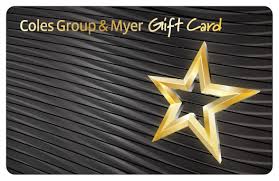The calendar year is heading for a close and for many companies, that means budget season. Are you among those who find yourself fighting for budget to fund employee programs?
Once upon a time, it was difficult to determine the return on investment for tactics like performance improvement programs or incentive programs. Once thought of as something “nice to have”, incentive programs today are one of very few tactics that have a measurable impact on an organisation and a clear return on investment.
Top performing companies develop their budgets from the bottom up. They are twice as likely to use income-based budgeting: based on general income, employee income or they use a percentage of anticipated incremental sales income to calculate their budgets.
General guidelines for developing your incentive program budget:
Determine whether you will run an Open-Ended Program (everyone who meets the requirements will redeem rewards), or a Closed-Ended program (fixed number of winners)
Define your fixed costs
Establish your ROI measures
If you’re running an Open-Ended program, estimate the “best case” – what if everyone meets their goal?
Determine the reward values based on performance improvement
Work with your incentive provider to set up a cost estimate. One of the best ways to attack this is to run a good/better/best set of scenarios based on participants meeting goals
While Open-Ended programs can be more difficult to budget, they’re often more motivational because everyone who improves their performance according to the rule structure will be rewarded. If you opt for a Closed-Ended program, consider pitting participant against their own previous metrics rather than against each other. When a program is unfair to a particular region or group, your participants may disengage, even while you’re announcing the program. You may need to handicap the program to even the playing field – i.e. implement a biased points value based on region and sales potential
Structuring an incentive program and determining the budget can be tricky. Partner with an Incentive Professional to ensure that your program will be effective and your budget will be accurate!




